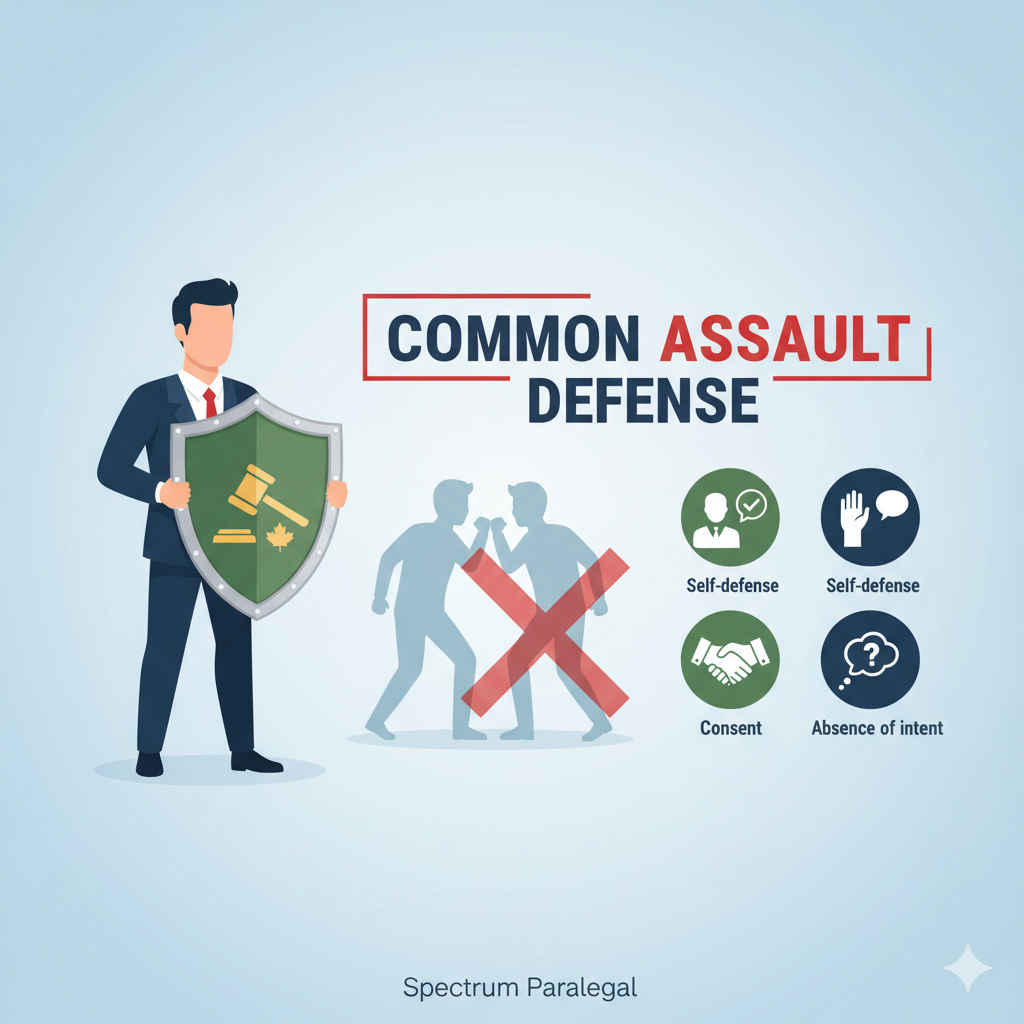The word “Assault” is one we commonly use. Each of us has an understanding of what it means. Typically, when we think about the assault, we imagine someone punching or kicking another person. So, of course, this is an assault. First, however, we should begin by clarifying what “assault” means under the Criminal Code of Canada.
What is assault?
First, the definition of assault in the Criminal Code of Canada is very broad. There are three situations where the police can charge a person with assault. Not all of them involve a punch or a kick.
- A person intentionally uses direct or indirect force against another individual without that individual’s consent. Note that there’s no specification of what kind of “force” we’re talking about. At least theoretically, a vast variety of physical contact can constitute assault. It may range from a slap to a head butt. Unfortunately, there isn’t a list of physical actions you can use to see whether something is an assault.
- A person threatens another individual with the use of force by some act or gesture. This is perhaps surprising to some. For example, there’s a difference between punching someone and waving a fist, threatening to do so. Nonetheless, the police can charge you with assault for physically threatening someone, even if you don’t actually go through with it.
- Finally, the police can charge a person with assault if she or he openly carry a real weapon or a weapon imitation and use it to accost, stop or beg another person. But, again, there is no need for actual use of the weapon.
Types of assault
Second, there are different types of assault. We need to distinguish between them. Assault is classified based on type – sexual or non-sexual, and based on consequences and special circumstances. For example, an assault that causes significant bodily harm (apart from scratches or bruises) is often classified as just that, an assault causing bodily harm. Based on the circumstances and consequences, assault can also be aggravated or an assault with a weapon.
Consequences of Being Charged with Common Assault
Here, we are primarily concerned with what’s known as “common assault.” This is an assault without aggravating factors, weapons, special circumstances or sexual components. If the police have charged you with common assault, the Crown typically proceeds summarily. If the Crown proceeds summarily, punishment will not exceed 2 years of imprisonment, a $5,000 fine, or both. This also means that a paralegal can represent you – because you don’t always need a lawyer. This, in turn, means that you can get quality representation cost-effectively.
Defences to a Charge of Common Assault
Going through every defence you may have available is one of the most critical components of good representation. Whether you intend to plead not guilty and go to trial or are looking to reach another acceptable resolution, you must carefully consider defences to achieve the optimal outcome.
There are several defences to use in common assault cases. The three most common defences are:
Self-defence
- Self-defence. This is a defence that is provided for in the Criminal Code. There are several components of the defence that the accused must establish to use this defence successfully, such as showing that the use of force was reasonable to respond to a real threat.
Consent
- Consent. It is a defence to a charge of common assault if you can prove that the person assaulted consented to this, as in, for example, a sporting activity. However, this is a complex defence, and its success depends on the circumstances of the assault and its consequences.
Absence of intent
- Absence of intent. This is one more common defence, which rests on showing that the accused didn’t assault the alleged victim on purpose – that the assault was the result of some other circumstance.
Potential Outcomes of a Common Assault Charge
One of our most important goals in a common assault charge is to avoid a conviction, which would result in a criminal record and a corresponding sentence.
Often, assault cases can be effectively resolved without trial, for example, through a conditional discharge or a suspended sentence with a probation order. Contact us today for a free assessment of your case. Representation is essential not only for trials but also in resolutions. A successful resolution requires a careful analysis of the facts, evidence, and the accused’s past and present behaviour.
If you are charged with common assault, remember that you don’t always need a lawyer.







